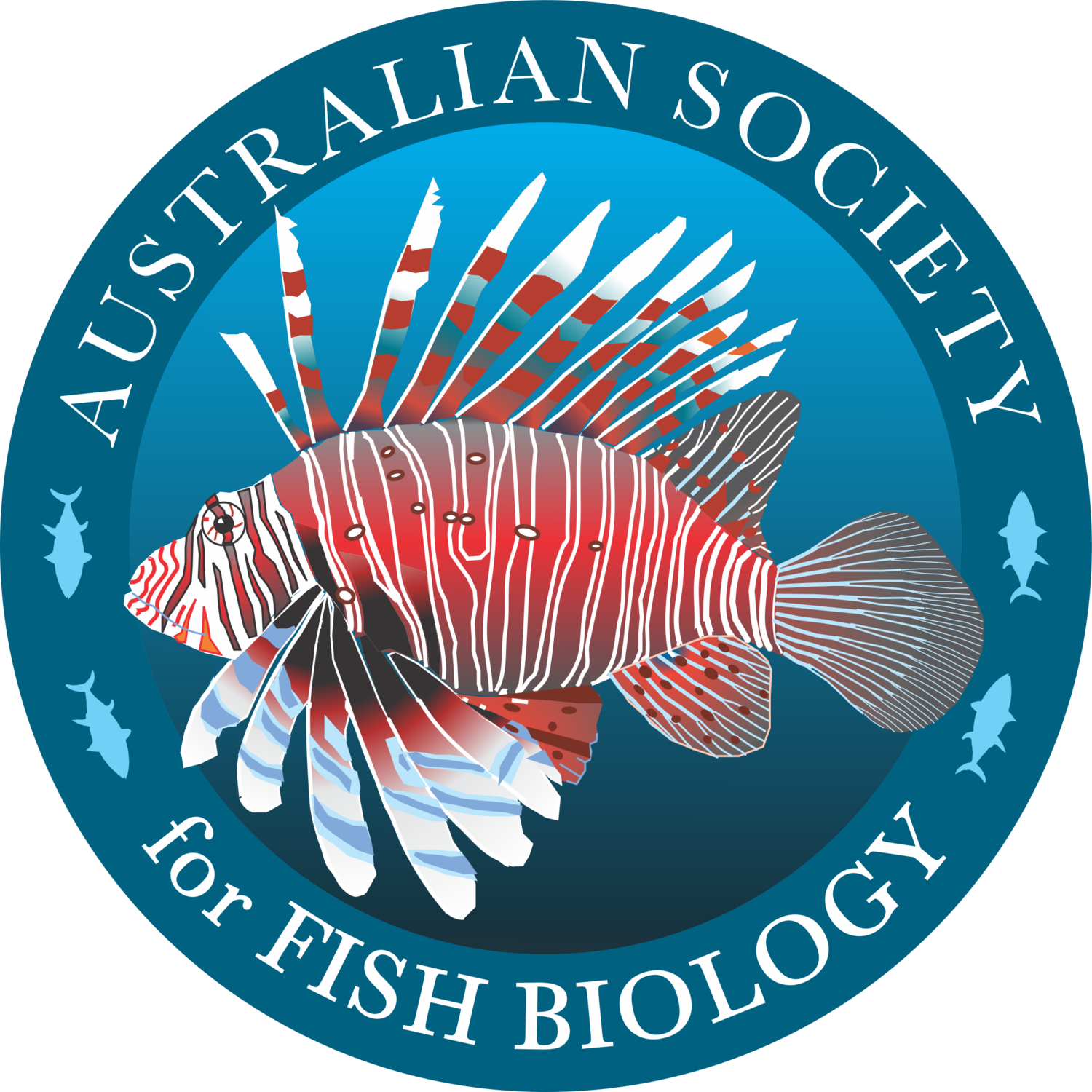Meet the gobies
A new paper clarifies the taxonomic status of the snubnose gobies, including seven newly-described species.
The black-spotted snubnose goby (Pseudogobius melanosticta), a new Australian record, from the Wet Tropics. © Michael Hammer
A research duo from the Museum and Art Gallery of the Northern Territory (MAGNT) recently published a taxonomic revision of the snubnose gobies, a group of small benthic estuarine fishes widely distributed around the Australian coast across the Indo-west Pacific region. This paper includes descriptions of seven species new to science.
Snubnose gobies (genus Pseudogobius) are a prominent part of biodiversity and foodwebs, being locally abundant within shallow tidal waters and lower freshwater reaches amongst mangroves, mud, rocks and aquatic vegetation.
As part of a long-term project, MAGNTs Emeritus Curator, Helen Larson, and Curator of Fishes, Michael Hammer, examined hundreds of jars of gobies from museums across the world. They concluded that there are 15 valid species in the genus, with nearly half of these requiring new names, and other older names requiring resurrection. A broader collaboration on genetic research was pivotal in the final assessment, adaptively informing the recognition of similar-looking species.
This new study provides important information for management and conservation, and includes spectacular photographs to document nine native Australian species, including a name for the long-recognised but previously undescribed eastern bluespot goby.
Colour and patterns on the body and fins can be used to tell the species apart, such as the distinctive markings of the male racing-stripe snubnose goby.
Meet the gobies
Racing-stripe snubnose goby (Pseudogobius rhizophora), a new species from northern Australia.
Black-spotted snubnose goby (Pseudogobius melanosticta), a new Australian record from the Wet Tropics.
Swan River goby (Pseudogobius olorum), a redescribed species from south-western Australia.
Jeff’s snubnose goby (Pseudogobius jeffi), a new species from north-east Queensland.
Eastern bluespot goby (Pseudogobius eos), a new species from south-eastern Australia.
Yellowfin snubnose goby (Pseudogobius fulvicaudus), a new Australian record from the Top End and Cape York.
Bandtail snubnose goby (Pseudogobius hoesei), a new species from the Gulf of Carpentaria, Cape York and New Guinea.
Banded snubnose goby (Pseudogobius cinctus), a new species from northern Australia.
Northern snubnose goby (Pseudogobius aquilonius), a new species from northern Australia.
Images and text provided by Helen Larson and Michael Hammer, who are based at the Museum and Art Gallery of the Northern Territory (MAGNT).










